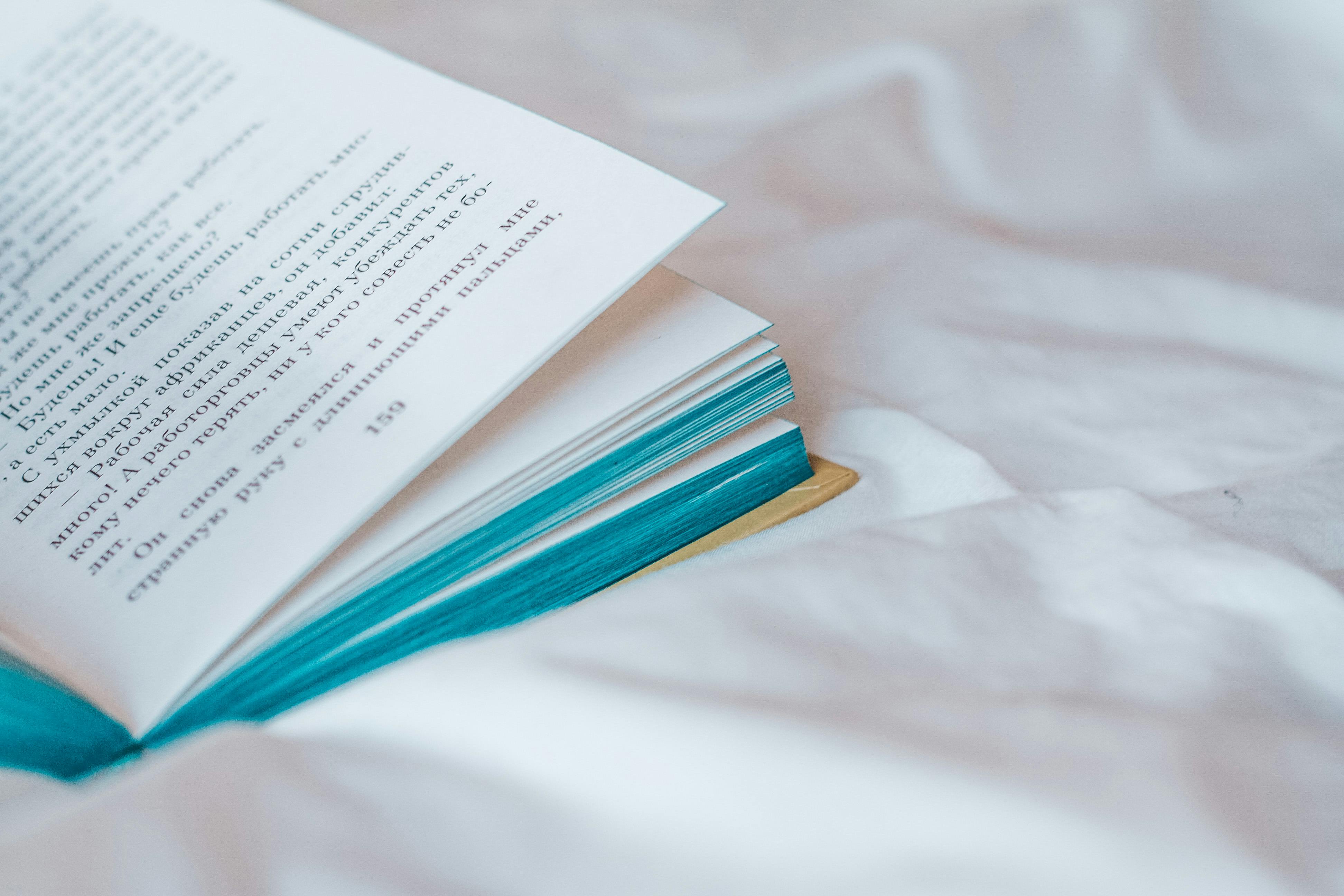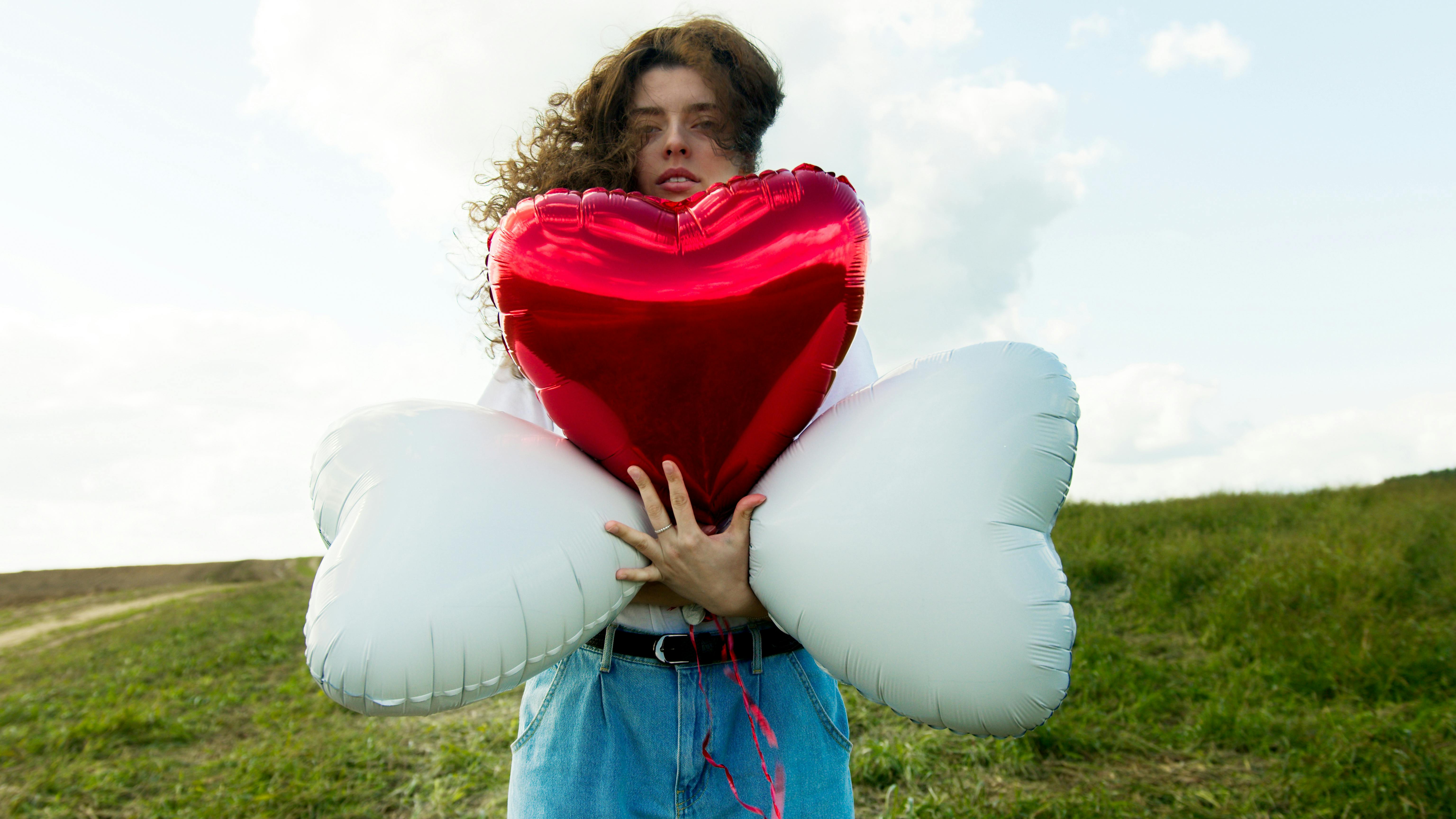As a comprehensive art form, dance is an important part of the ancient Chinese term “Yue”, as Yue in Chinese includes various elements such as poems, songs, dances and music. Chinese dance has its own unique vocabulary, meanings and orderly structure that allow a dancer to fully express their thoughts and feelings with ease and grace.
The art of Chinese dance has its origins in a time before the appearance of the first written Chinese characters. The ancient dance of China passed through embryonic and infantile stages in a primitive society. It came to maturity around the Bronze Age. A study of ceramic artifacts with representations of dancing figures reveals that the Neolithic Yangshao culture people from around the fourth millennium BC already had choreographed group dances in which participants crossed their arms and kicked their feet while singing to instrumental accompaniment. .
Through further development in feudal society, especially after the Han dynasty, dance culture reached its peak in the Tang dynasty. After the Song dynasty, it entered a period of transformation as a result of changes in the entire field of art.
Chinese dance has numerous types. Each nationality, each region and each type of dance carries its own forms of folk dance with unique characteristics and flavors. Folk dances directly reflect the lifestyles and customs of a people, and although there are numerous folk dances, each and every one of them is an invaluable part of China’s cultural heritage. However, it is also easy to discover that Chinese dance is actually an integral body with common spirits and points of view. The frequent communication and assimilation between different ethnic groups and regions, the different dance fields between entertainment for others and one’s own, professional and amateur, religious and worldly, real and popular, etc., all have merged and become one in other. Dances for rituals, performances, social contacts, education, clans, trades, etc., all occupy an important and indispensable place in the garden of dances…
Here is a list of distinctive dances worth maximally appreciating and enjoying.
Classical Folk Dance: Fans and ribbons may be the stereotypical image that pops into many of our minds when we hear about Chinese cultural dance; in fact, it means much more than images….
Folk Yangge: During the winter season, Han people in villages in northern Shanxi begin to do yangge dance and waist drum dance to greet the Spring Festival (first day of the first lunar month) and to the Lantern Festival (15th of the first month). lunar month).
Uyghur folk dances: Uyghurs in Xinjiang are known for their ability to sing and dance on holidays and at gatherings of friends and family. Their lively dances demonstrate diligence, bravery, openness, and optimism and are distinguished by head and wrist movements. His clever coordination is enhanced by the typical posture of head bowed, chest pushed and waist erect. The dances, Sanam in particular, express the feelings and character of the Uyghurs.
Tibetan dances: Almost Tibetans can sing at any time for any event and dance at festivals, weddings, gatherings, and during their free time. From historical writings we can see that more than a thousand years ago, folk religious and sorcerer dances were very popular in Tibet.
Miao Dance – The Miao (also known as Hmong) people of southwestern China developed a lively form of antiphonal, or response, singing and competitive dancing.
Dai Dances – Folk dances of the Dai nationality enjoy not only great popularity but also great diversity. Most of them mimic the movements of subtropical creatures. Known as Galuoyong, Fanluoyong, or Gananyong, the Peacock Dance is the most beloved dance of the Dais.
Gaoshan Dance: Due to the influence of their island environment, the aborigines of Taiwan created hand-holding line dances as part of a harvest ritual.
Ballet in China – The development of modern Chinese dance has taken on a dynamic personality. Typically, young people entering dance study ballet and modern dance first, then study the technique and syntax of traditional Chinese dance. From there, they seek new directions for Chinese-style body expressions and movements with an open mind to experimentation. Since around 1970, original and unique compositions by young dancers have sparked a renaissance in Chinese dance…
Chinese facts are mysterious to the outside world, for more China facts, please visit chinafacttours.com/facts/



